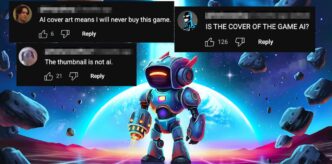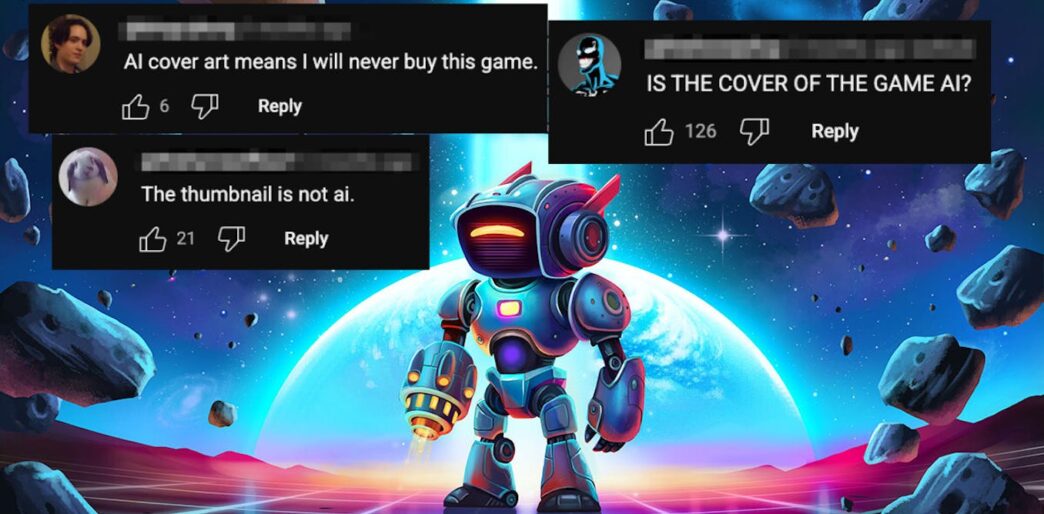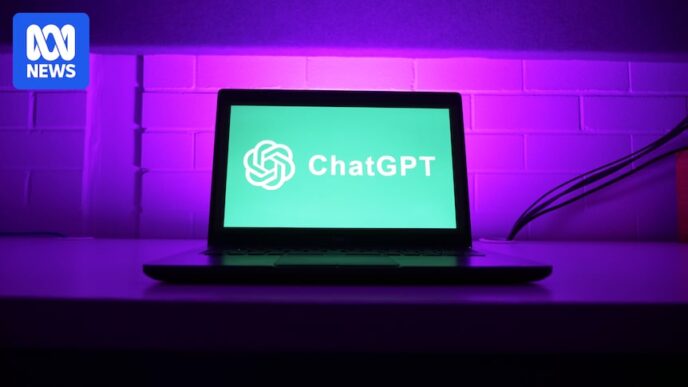Stamina Zero faces backlash over Little Droid’s cover art amid AI doubts
Stamina Zero caught heat when players accused the cover art of Little Droid of being AI-generated. The studio shot back: the artwork was crafted by a human artist, not AI.
The issue started with gamers calling the art “AI slop” online. Stamina Zero responded by sharing a video that walks through earlier drafts from their artist.
Some players accepted this proof. Others remained skeptical, saying even human-made art can look like AI output. The shiny, futuristic style of the cover mimics the “look” typical of generators like Midjourney, DALL-E, and Stable Diffusion.
This flips a common AI problem. Instead of AI content fooling people as human-made, genuine human work is sometimes mistaken for AI—and unfairly attacked.
The controversy isn’t limited to gaming. Indie musicians on Spotify face false claims of AI-generated tracks. An Australian photographer was disqualified from a contest for allegedly submitting AI-made photos. Writers and students get wrongly flagged for AI use thanks to unreliable AI detectors.
Experts warn this wrongful distrust causes real harm. Emotional, financial, and reputational damage hits innocent creators accused of sneaky AI use.
Meanwhile, tech firms and AI developers face growing calls for transparency and regulation as this landscape shifts fast. Users need sharper judgement to balance trust and skepticism about what’s real online.
The Stamina Zero case highlights how tricky it’s becoming to tell human effort apart from AI, and the risks of jumping to conclusions in the age of generative tech.














